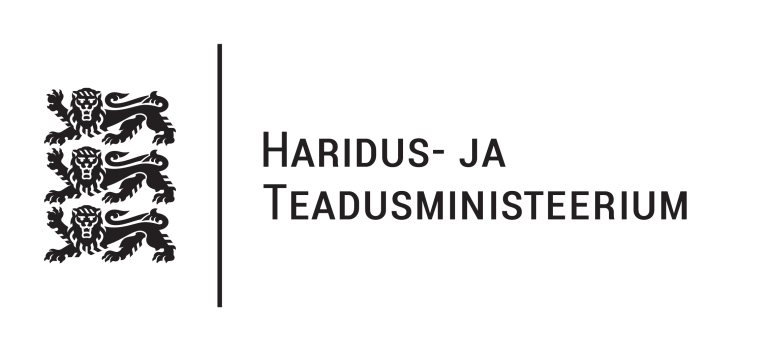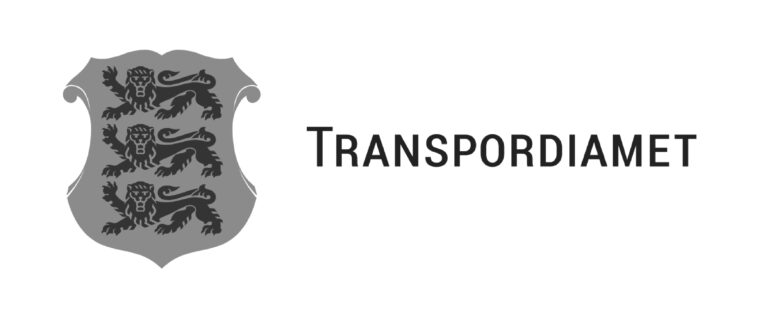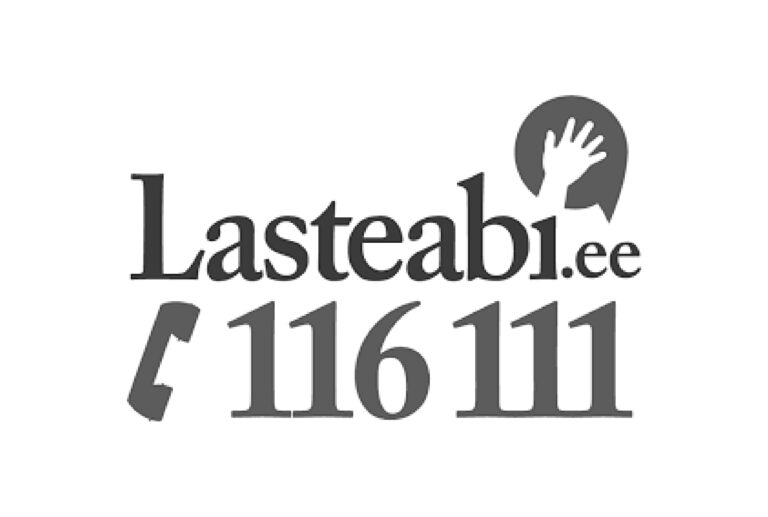What is anxiety and what are anxiety disorders? At what point does anxiety become an anxiety disorder? What kinds of anxiety disorders are there? Answers to all of these questions are provided in the article below.
What is anxiety?
Anxiety is our body’s reaction to both real threats as well as events that are important to us. Anxiety is sort of like an internal alarm system. It prepares us for danger and helps our body get ready to manage it. For example, anxiety allows us to jump out of the way of an accelerating car and helps us to centre ourselves and put forth our best efforts when studying for exams. Anxiety is something we all experience. People who never experience anxiety do not exist!
What is happening to me when I’m feeling anxious?
Anxiety affects our thoughts, our body, and our behaviour. When faced with real danger, your mind becomes uneasy. This is your body preparing to help you get through the danger. Which enables you to either flee from the danger or prepare to fight it. Therefore, anxiety serves to protect you. Anxiety is what has enabled us to survive as a species. Without anxiety, we would have become extinct a long time ago.
What else is going on with me when I’m anxious?
As mentioned, anxiety affects our thoughts, our body, and our behaviour. Imagine you are taking a walk outside when, suddenly, a large dog starts barking on the other side of a fence. Your thoughts shift to: ‘What if it leaps over the fence and attacks me?!’ Your body, too, reacts to the danger (your pupils dilate, your heart rate goes up, your muscles contract). You might flinch, start walking faster, or even freeze in place.
Anxiety is often said to be accompanied by the ‘fight-flight-freeze’ response. What is that?
It is an automatic response that helps you deal with the threat. For example, if you feel that you are being attacked, you might react swiftly and fight back. Or, if a social event is approaching where strangers will be attending, and that makes you uncomfortable, you may feel the urge to avoid those people (not go to the event at all). Sometimes, when faced with danger, you may instead freeze, driven by the hope that you will not be noticed. You might, for example, be in class and when the teacher asks you a question, your mind just goes blank all of a sudden. This ‘fight-or-flight’ response is actually kind of cool. It’s an extra power granted to you by nature that you can utilise to protect yourself.
What is an anxiety disorder?
Feelings of anxiety can be quite different and can manifest in a number of ways. For example, as ‘butterflies’ in your stomach, tension in a part of the body or your head, nausea, heart palpitations, troubled thoughts, fear or losing control over yourself, or fear of death.
Anxiety becomes an anxiety disorder when it starts to interfere with your daily life. For example, if troubled thoughts prevent you from falling asleep or if you start to avoid anxiety-inducing situations entirely – anxiety can even be caused by going to school or work, or even eating.
While we probably don’t notice this around ourselves, research shows that as many as 10 to 28% of all people suffer from anxiety disorders at some point in their life.
What kinds of anxiety disorders are there?
- Generalised anxiety disorder. Generalised anxiety disorder occurs when a person is constantly anxious, worried about one or more major aspects of their life, such as finances, family, work, school, or health.
- Panic disorder. The main characteristic of this anxiety disorder is the emergence of disruptive bouts of fear, which can be accompanied by heart palpitations or accelerated heart rate, shortness of breath, feelings of suffocation, chest pain, and other symptoms.
- Social phobia. Minor anxiety in situations where one is expected to perform in front of others or be the focus of attention is quite common. Social phobia, however, can also manifest as a broad fear of most situations where communication is required, including starting a conversation and attending parties.
- Illness anxiety. Illness anxiety manifests as extremely careful monitoring of the functioning of one’s body. Sometimes the affected person’s worries are exacerbated by information found online about various diseases.
- Post-traumatic stress disorder. This disorder stems from past trauma, usually from trauma that the individual has suffered personally, but sometimes also from traumatic events experienced by a loved one or witnessed as a bystander.
- Obsessive-compulsive disorder, or intrusive thoughts. Intrusive thoughts are recurrent thoughts or images which, by their nature, are not actually relevant to the situation at hand, but which are triggered by something regardless.
Contacts for emergency help and advice:
- Emotional support hotline: 6558 088 (Estonian), 655 5688 (Russian) (every day from 19:00 to 07:00)
- Psychological crisis helpline: 6314300 (weekdays from 9:00 to 20:00)
- Confidential helpline: 126 (Estonian), 127 (Russian) (every day from 19:00 to 23:00)
- Child helpline: 116111 (24 h)
You do not have to be alone with your problems! Talk about your problems with the people who can help you: your mother, father, grandmother, grandfather, sister, brother, family physician, or a specialist!
If you suspect that your life or health is in danger or if you have suffered violence, call 112. If necessary, you will be referred to whoever is best suited to help you with the situation at hand.
Prepared by the youth information portal Teeviit on the basis of MTÜ Peaasjad www.peaasi.ee.
The MTÜ Peaasjad promotes mental health, deals with problem prevention, early intervention and stigma reduction in our society.
Published in the youth information portal Teeviit in 2021.







